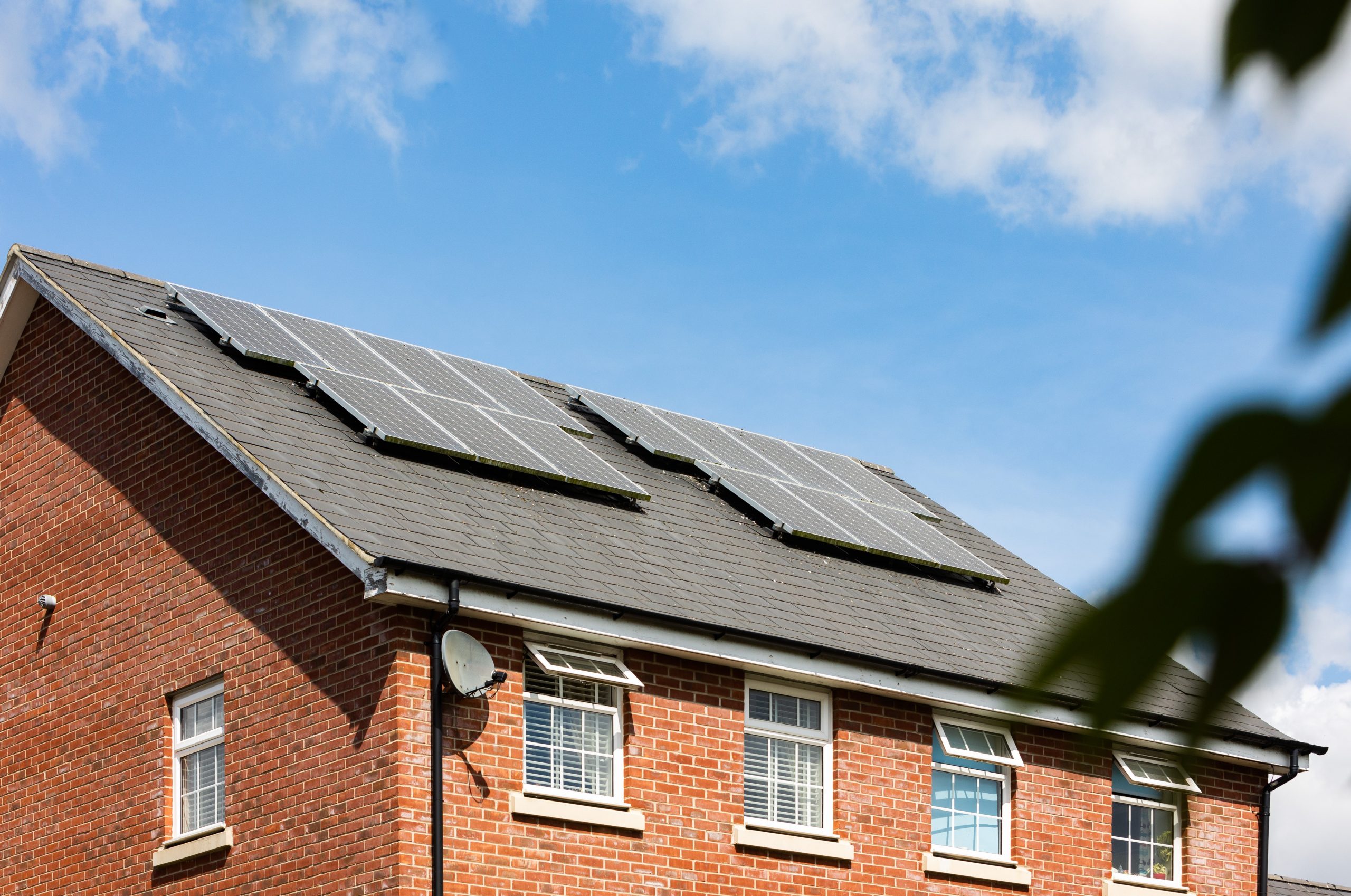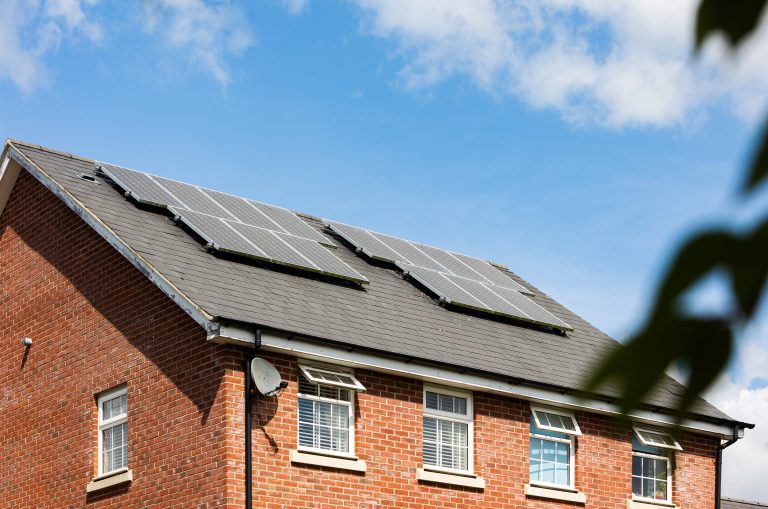The global quest for sustainable energy solutions has placed solar power at the forefront of renewable energy technologies. It’s not only an eco-friendly option, but it’s also a cost-effective way to reduce reliance on traditional energy sources. Let’s delve deeper into 4 ways you can integrate
solar energy into your home.
1. Solar Water Heaters
Solar water heaters work by using the energy of the sun. It’s made of solar collectors and storage tanks, which combine to produce hot water in a method that is both economical and environmentally friendly. Active and passive solar water heaters are the two primary varieties. passive systems rely on gravity and the water’s natural flow. Active solar water heaters employ pumps and controls to move the water through the system. Both systems employ solar collectors, which are typically mounted on rooftops, to gather sunlight and convert it to heat.
Solar water heater advantages
Eco-friendly: It’s a great method to lessen the carbon impact of your house. They employ a sustainable energy source that emits no hazardous emissions, unlike conventional water heaters that frequently use fossil fuels.
Independence from utility companies: You’re less impacted by growing energy costs and probable power disruptions if you produce your own hot water. If your solar water heater produces more hot water than you need, you might be able to sell the extra to the power grid in some regions!
Longevity: This combined with the energy savings over time, means that they can be an excellent long-term investment. With fewer moving parts, there's less that can break or wear out, and many come with warranties of up to 10 years or more.
2. Solar Heating Systems for Your Home
Understanding Solar Heating Systems:
Solar water heaters and solar home heating systems both work on the same principles. They go beyond only heating your water to also offer heat for the rest of your house. These systems generally consist of a distribution system, a heat storage system, and solar collectors. They take in sunlight and transform it into thermal energy; they’re typically put on roofs or in gardens no matter the weather. The heat is then transported to a storage device, which may be a hot water tank, thermal mass, such as a concrete slab, or a sizable water container that is situated in a basement or utility room. When necessary, the heat that has been stored is released, giving the house an ongoing source of warmth. The distribution system transfers the heat from the storage system to different parts of the house. In some systems, this is done through radiant floor heating or through forced air systems that use fans to circulate warm air.
Benefits of Solar Heating Systems
Significant Energy Savings: In colder locations, heating may make up a large amount of a household’s energy usage. The demand for conventional heating sources may be greatly reduced or perhaps eliminated with a well-designed and professionally installed solar heating system.
ecologically beneficial: It lowers the amount of greenhouse gas emissions and the dependence on fossil fuels. You can help in the fight against climate change by heating your home with solar energy.
Long-term Investment: While the initial cost of installing a solar heating system can be higher than traditional heating systems, it’s important to view it as a long-term investment. Over time, the savings on energy bills can offset the installation costs. They have a long lifespan and require
minimal maintenance, making them a cost-effective choice in the long run.
3. Solar Electricity
Photovoltaic cells found in solar panels are accountable for turning sunlight into direct current (DC) power. DC electricity is then converted into AC electricity via an inverter, which may be used to power your home's appliances and other electrical equipment. You can set up photovoltaic solar panels on your roof, or if your roof is unsuitable, you can alternatively put them in the garden. Your geographic location, the direction your home faces, and any potential obstacles like trees or other structures will all play a role in determining the best place for your solar panels.
Benefits of Solar Electricity
Increased Property Value: Homes equipped with solar panels often command higher prices on the housing market. As environmental awareness grows, more homebuyers are seeking out properties with renewable energy capabilities.
Energy Independence: By generating your own electricity, you’re not only reducing your reliance on the grid but also insulating yourself from rising energy prices.
4. Outdoor Solar Lights
Solar-powered outdoor lights operate through a simple mechanism. Each light is equipped with a photovoltaic cell, also known as a solar panel, which collects sunlight throughout the day. This sunlight is then converted into electricity, which is stored in a rechargeable battery.
Different Types of Solar-Powered Outdoor Lights
Pathway Lights: These are typically placed along walkways, driveways, or garden paths to provide guidance and safety during night time.
Spotlights and Task Lights: These are brighter than pathway lights and are used to highlight specific features in your yard, such as architectural details or landscape features.
Decorative Lights: These include solar lanterns, fairy lights, and novelty lights. They add a charming ambience to outdoor spaces and are often used in patios, gardens, or decks for aesthetic purposes.
Benefits of Solar-Powered Outdoor Lighting
Safety: Solar lights can contribute to home security by illuminating dark areas, potentially deterring intruders. They also improve visibility around walkways and paths, reducing the risk of trips and falls.
Low Maintenance: Aside from occasional cleaning and battery replacement, solar lights require little maintenance. Most models are also weather-resistant and designed to withstand various outdoor conditions.
Using solar energy in our homes is not simply a choice as we work towards a more sustainable and environmentally friendly future; it is a need. The sun is a strong, abundant, and untapped resource that is ready to illuminate our lives in several ways. We’re making a big step towards giving future generations a sustainable, energy-efficient, and ecologically sensitive society by adopting solar technology.

